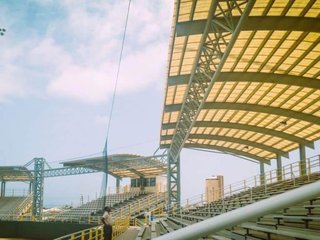Understanding Metal Building Design
Metal building design is often a specialized architectural and engineering discipline that targets the use of steel as well as other metal components to create durable, sustainable, and great looking structures. The design process typically includes:

1. Needs Assessment
This initial phase involves learning the client’s requirements, including the intended use of the building, size, layout preferences, budget, as well as any site-specific considerations like climate or zoning laws.
2. Architectural Planning
Designers focus on layouts, elevations, and material selection. Modern metal buildings are not limited to boxy warehouses—they may include stylish façades, insulation, skylights, and also other architectural enhancements.
3. Structural Engineering
Structural engineers make sure the building can withstand loads, climate, seismic activity, and other stressors. Steel framing systems are selected depending on load-bearing capacity, span requirements, and easy assembly.
4. Customization Options
Metal buildings give a wide array of customization: clear-span interiors for open spaces, modular walls, mezzanines, and integration with materials like glass or wood.
The Role of a Metal Building Contractor
Contractors bring the designs your. Their job covers the procurement, assembly, and finishing stages from the project, and includes:
1. Permitting and Site Preparation
Experienced contractors handle the required permits and make certain that the site is graded, leveled, and ready for construction.
2. Material Procurement
Contractors source high-quality steel and prefabricated components, often partnering with manufacturers to make sure timely delivery.
3. Construction and Erection
Using cranes and specialized equipment, construction crews erect the steel frame, install panels, insulation, roofing, and then for any custom features.
4. Quality Assurance and Safety
Contractors are responsible for ensuring the structure meets all building codes and safety standards. Regular inspections are conducted throughout the process.
5. Post-Construction Services
Some contractors offer ongoing maintenance, warranty services, and support for future expansions or modifications.
Advantages of Metal Buildings
Durability: Steel structures resist rot, pests, fire, and extreme weather.
Speed of Construction: Prefabricated parts reduce construction time dramatically.
Cost-Effectiveness: Lower material waste and labor costs cause long-term savings.
Eco-Friendly: Many metal buildings use recycled steel and can be disassembled and reused.
Versatility: Suitable for warehouses, retail spaces, office buildings, schools, barns, garages, plus much more.
Metal building design and contracting represent a good, modern solution for any wide range of structural needs. Whether it’s a fairly easy storage facility or a complex commercial space, the strength, flexibility, and efficiency of metal construction convert it into a preferred choice for developers and business people alike. Partnering having a skilled design team and a reliable contractor ensures an easy process from concept to completion.